Options trading is one of the most widely used financial instruments in the Indian share market. As a derivative, options derive their value from underlying assets like stocks or indices. Understanding how options are priced requires a grasp of two key concepts: Intrinsic Value and Time Value. These two components are crucial to making informed trading decisions in the derivatives market.
This blog will break down the meaning of intrinsic value and time value, explain how they affect option pricing, and provide real-life examples from the Indian market to help you understand these essential concepts.
Table of Contents
- What are Options?
- Introduction to Intrinsic Value
- Introduction to Time Value
- Difference Between Intrinsic Value and Time Value
- Historical Data on Option Pricing
- Factors Affecting Intrinsic and Time Value
- Impact of Time Decay on Option Pricing
- Real-World Examples from the Indian Market
- Common Mistakes in Evaluating Intrinsic and Time Value
- Conclusion
1. What are Options?
Options are derivative contracts that give the buyer the right, but not the obligation, to buy or sell an underlying asset at a specified price (strike price) before a specific expiration date. In the Indian market, popular options include contracts on individual stocks like Reliance Industries, Infosys, and indices like NIFTY and Bank NIFTY.
There are two types of options:
- Call Options: Gives the right to buy the underlying asset.
- Put Options: Gives the right to sell the underlying asset.
Both call and put options are priced based on intrinsic value and time value.
2. Introduction to Intrinsic Value
The Intrinsic Value of an option represents the actual profit that could be made if the option were exercised immediately. It is the difference between the underlying asset’s current market price and the strike price of the option.
For a call option, the intrinsic value is calculated as:
Intrinsic Value = Current Market Price - Strike Price (if the market price is above the strike price)
For a put option, the formula is:
Intrinsic Value = Strike Price - Current Market Price (if the market price is below the strike price)
Table: Calculating Intrinsic Value
| Option Type | Market Price (₹) | Strike Price (₹) | Intrinsic Value (₹) |
|---|---|---|---|
| Call Option | 2500 | 2400 | 100 |
| Put Option | 2400 | 2500 | 100 |
If the option is out-of-the-money (i.e., the strike price is unfavorable), its intrinsic value is zero.
3. Introduction to Time Value
The Time Value of an option represents the additional amount that traders are willing to pay for the possibility of future price movement before expiration. Time value is derived from the probability that the option’s intrinsic value will increase before it expires.
The formula for Time Value is:
cssCopy codeTime Value = Option Premium - Intrinsic Value
As the expiration date approaches, the time value decays, which is known as time decay or Theta in options trading.
Table: Calculating Time Value
| Option Premium (₹) | Intrinsic Value (₹) | Time Value (₹) |
|---|---|---|
| 150 | 100 | 50 |
| 200 | 120 | 80 |
4. Difference Between Intrinsic Value and Time Value
The intrinsic value represents the actual value if the option were exercised, while the time value is the speculative value that reflects the option’s potential for price movement.
Key Differences:
- Intrinsic Value: Exists only if the option is in-the-money (i.e., profitable).
- Time Value: Represents the potential for profit before expiration and decreases over time.
5. Historical Data on Option Pricing
The Indian derivatives market has seen substantial growth, especially in NIFTY and Bank NIFTY options. Historical data can help us understand how intrinsic and time value contribute to option pricing.
Table: Historical NIFTY Option Prices (2020-2023)
| Year | NIFTY Index Price | Option Premium (₹) | Intrinsic Value (₹) | Time Value (₹) |
|---|---|---|---|---|
| 2020 | 11000 | 250 | 200 | 50 |
| 2021 | 13500 | 300 | 300 | 0 |
| 2022 | 15800 | 400 | 350 | 50 |
| 2023 | 18500 | 450 | 400 | 50 |
6. Factors Affecting Intrinsic and Time Value
Several factors affect how intrinsic and time value are calculated:
- Market Price of Underlying Asset: The difference between the market price and the strike price determines the intrinsic value.
- Time Until Expiration: As the option gets closer to expiration, the time value decreases, accelerating in the last few days.
- Volatility: Higher volatility increases the time value, as the chance for price movement increases.
- Interest Rates: Rising interest rates may affect the option’s time value, particularly for longer-term options.
7. Impact of Time Decay on Option Pricing
Time decay is the reduction in the time value of an option as it approaches its expiration date. The time value decays exponentially, meaning that options lose most of their time value in the final weeks before expiration.
Table: Time Decay of a Call Option
| Days to Expiration | Option Premium (₹) | Time Value (₹) |
|---|---|---|
| 60 | 120 | 100 |
| 30 | 110 | 90 |
| 15 | 80 | 60 |
| 5 | 50 | 20 |
As shown, the option’s time value decreases as the expiration date approaches.
8. Real-World Examples from the Indian Market
Example 1: Reliance Industries Call Option
Let’s say you have a call option with a strike price of ₹2500 on Reliance Industries. If the current market price is ₹2600, the intrinsic value is ₹100 (₹2600 – ₹2500). If the option premium is ₹150, the time value would be ₹50 (₹150 – ₹100).
Example 2: NIFTY Put Option
Consider a put option on the NIFTY 50 index with a strike price of ₹17000. If the NIFTY index is trading at ₹16500, the intrinsic value is ₹500. If the option premium is ₹550, the time value would be ₹50.
9. Common Mistakes in Evaluating Intrinsic and Time Value
- Ignoring Time Decay: Many traders ignore the time decay component of options and hold on to options too long, only to see the time value diminish significantly.
- Misinterpreting Volatility: Higher volatility increases time value, but if the market stabilizes, the time value can quickly evaporate.
- Focusing Only on Intrinsic Value: While intrinsic value is important, it’s essential not to neglect the time value, especially for out-of-the-money options.
10. Conclusion
Understanding the intrinsic value and time value of options is essential for successful options trading in the Indian share market. Intrinsic value provides insight into the actual worth of an option, while time value reflects the potential for future profitability. Together, these components help traders determine whether an option is worth buying or selling.
By analyzing historical data and real-world examples, you can make more informed decisions and use the concepts of intrinsic and time value to your advantage. Whether you’re trading NIFTY options or individual stock options, mastering these principles is key to navigating the complexities of the derivatives market.

What Is Implied Volatility?
In the realm of Indian share market derivatives, implied volatility (IV) plays a crucial role …

What is Margin Funding?
Margin funding is a powerful tool in the Indian share market that allows traders to …

Forward vs Future contract
In the Indian share market, derivatives such as forward and future contracts play a pivotal …

What is Margin Money?
Margin money is a crucial aspect of trading in the Indian share market, especially in …
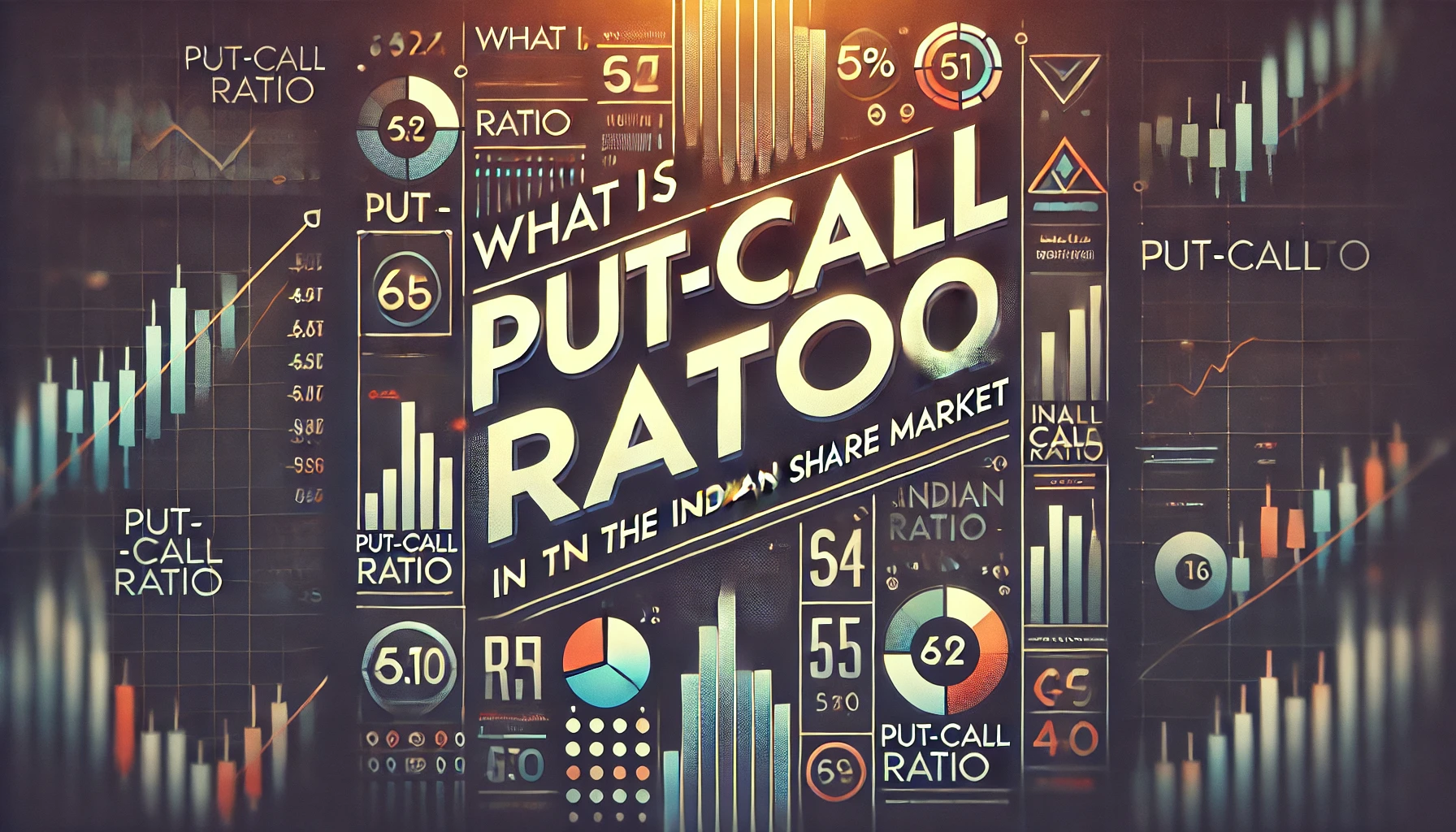
What is Put-Call Ratio?
The Put-Call Ratio (PCR) is one of the most widely used indicators in options trading …

What is Derivatives?
Derivatives are financial instruments whose value is derived from an underlying asset or benchmark. In …
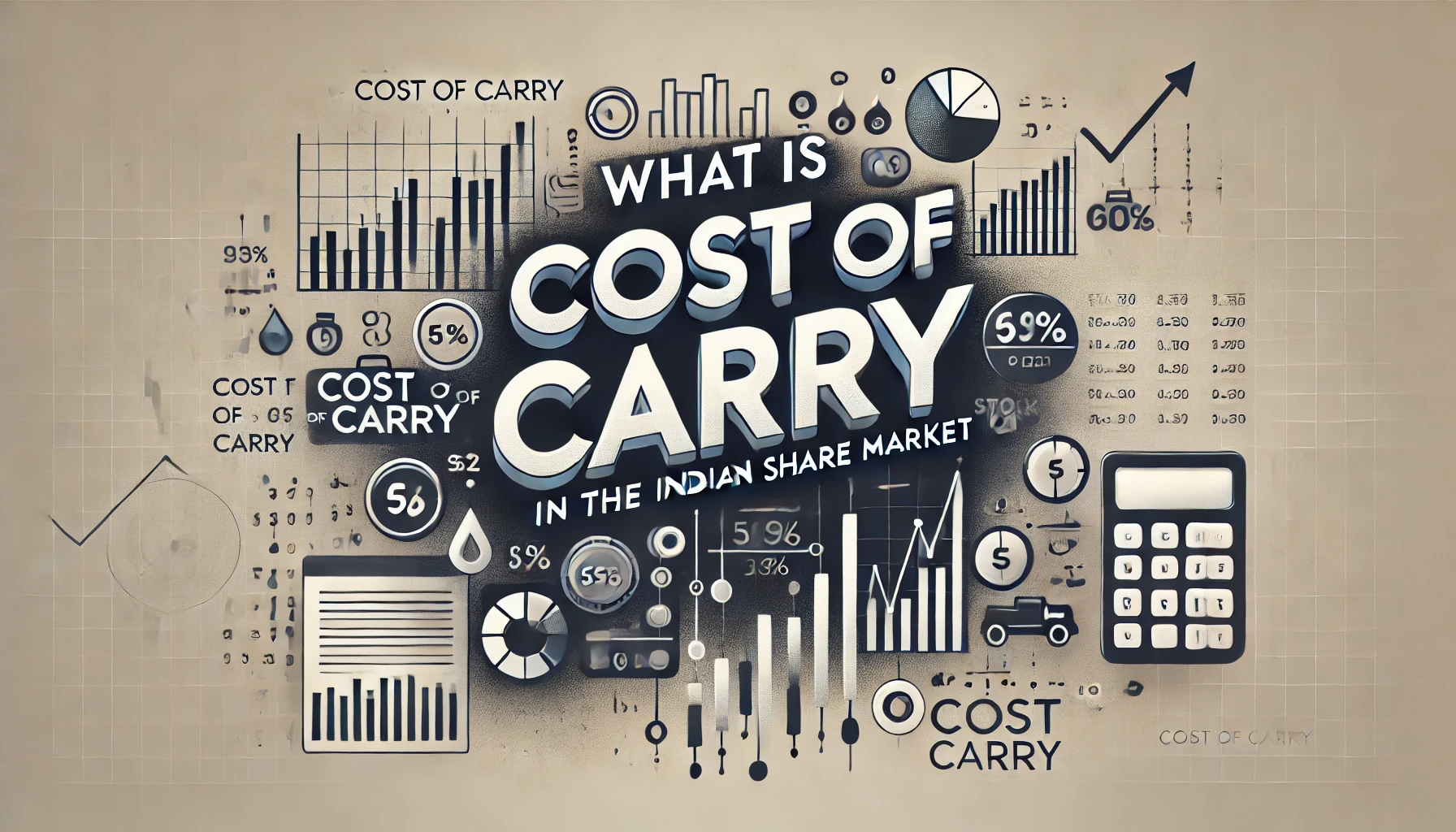
What is Cost of Carry?
The cost of carry is an essential concept in futures trading that reflects the cost …

What is futures
Futures are a fundamental part of derivatives trading in the Indian stock market. They allow …
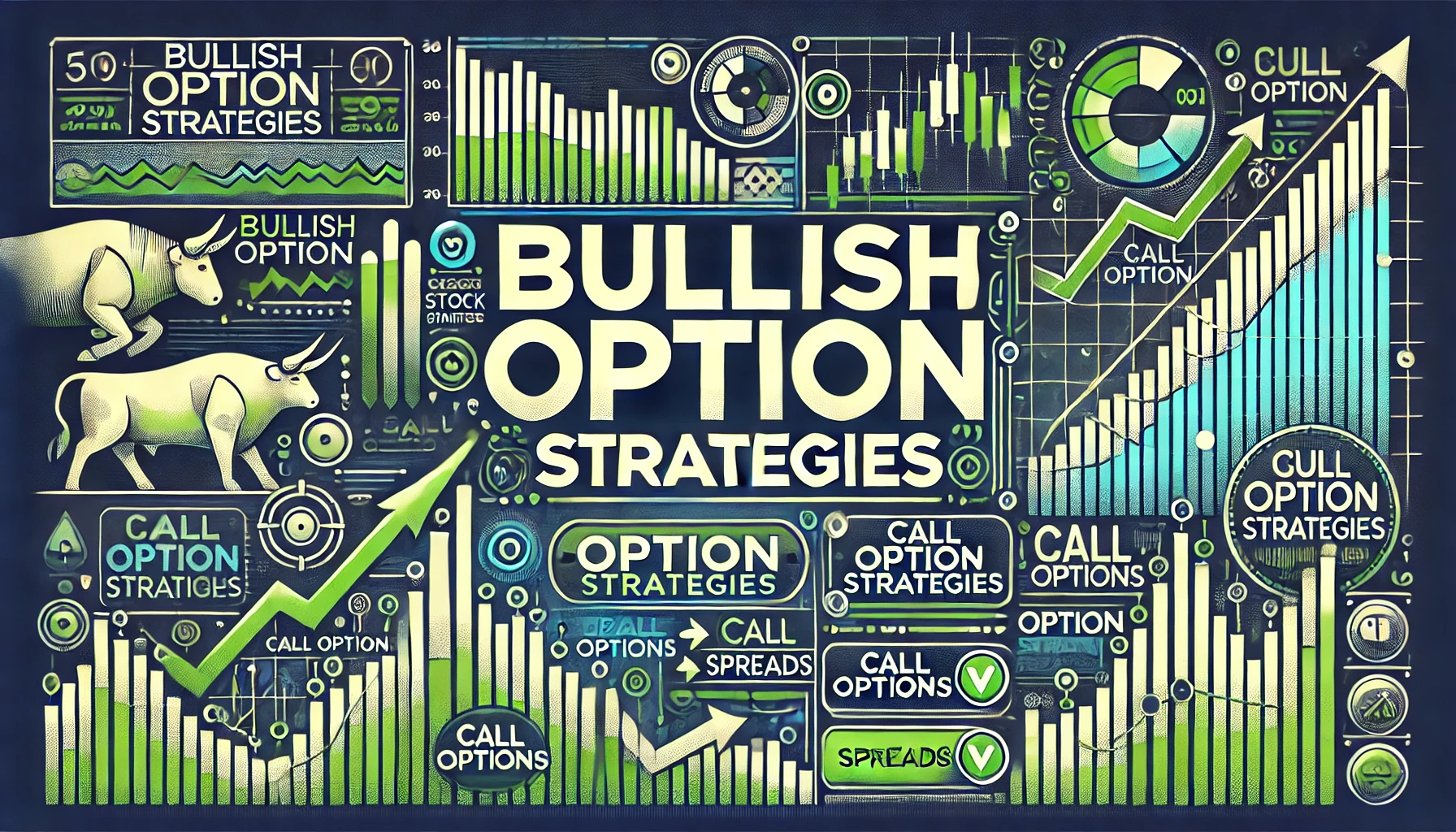
Bullish Option Strategies
In the ever-evolving world of derivatives trading, options have become a powerful tool for investors …

Understanding Physical Settlement in Futures & Options Contracts: A Comprehensive Guide
In the world of derivatives trading, the concept of physical settlement has gained prominence, particularly …
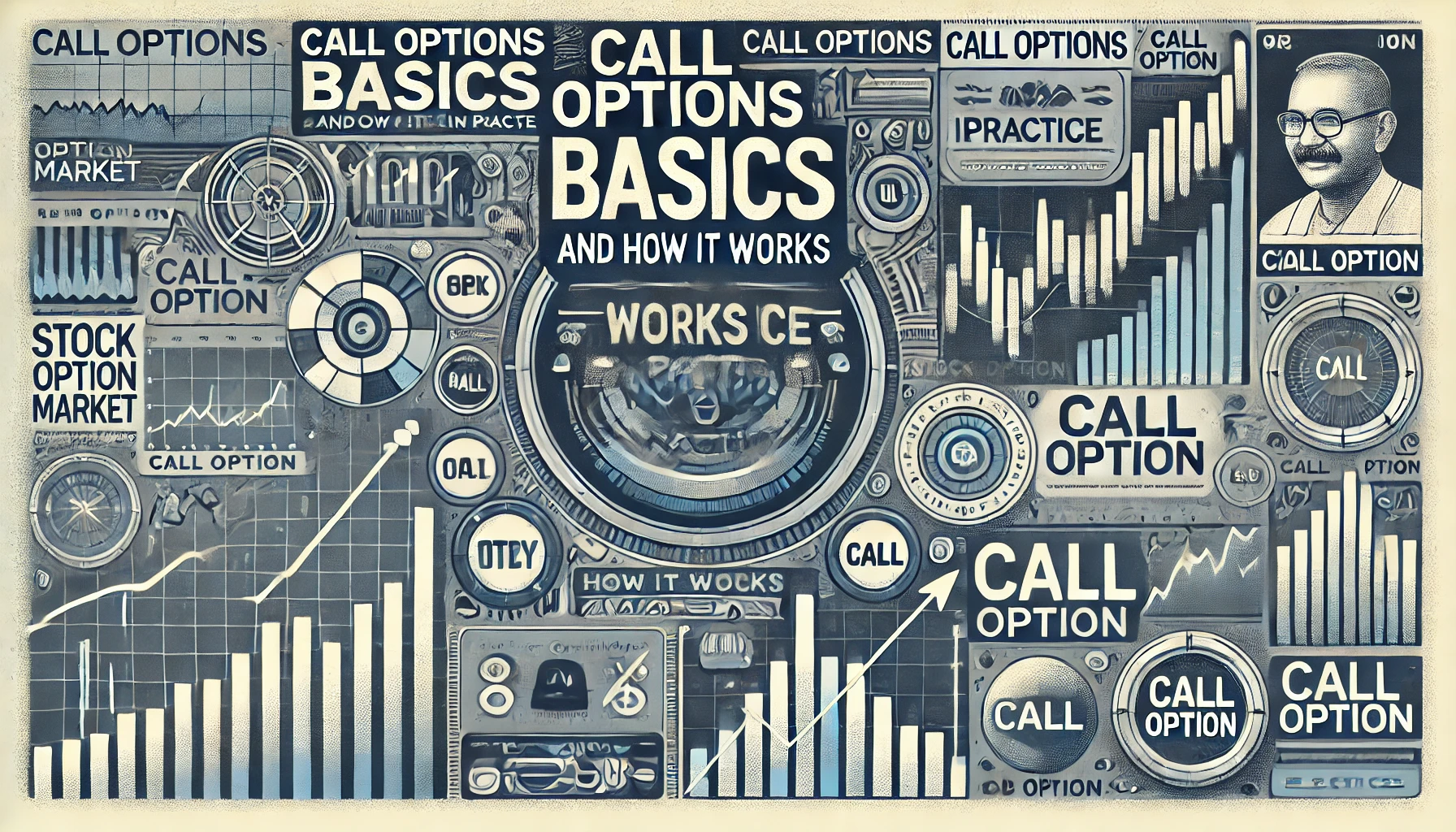
what are call options
The Indian share market has expanded significantly over the years, attracting a growing number of …
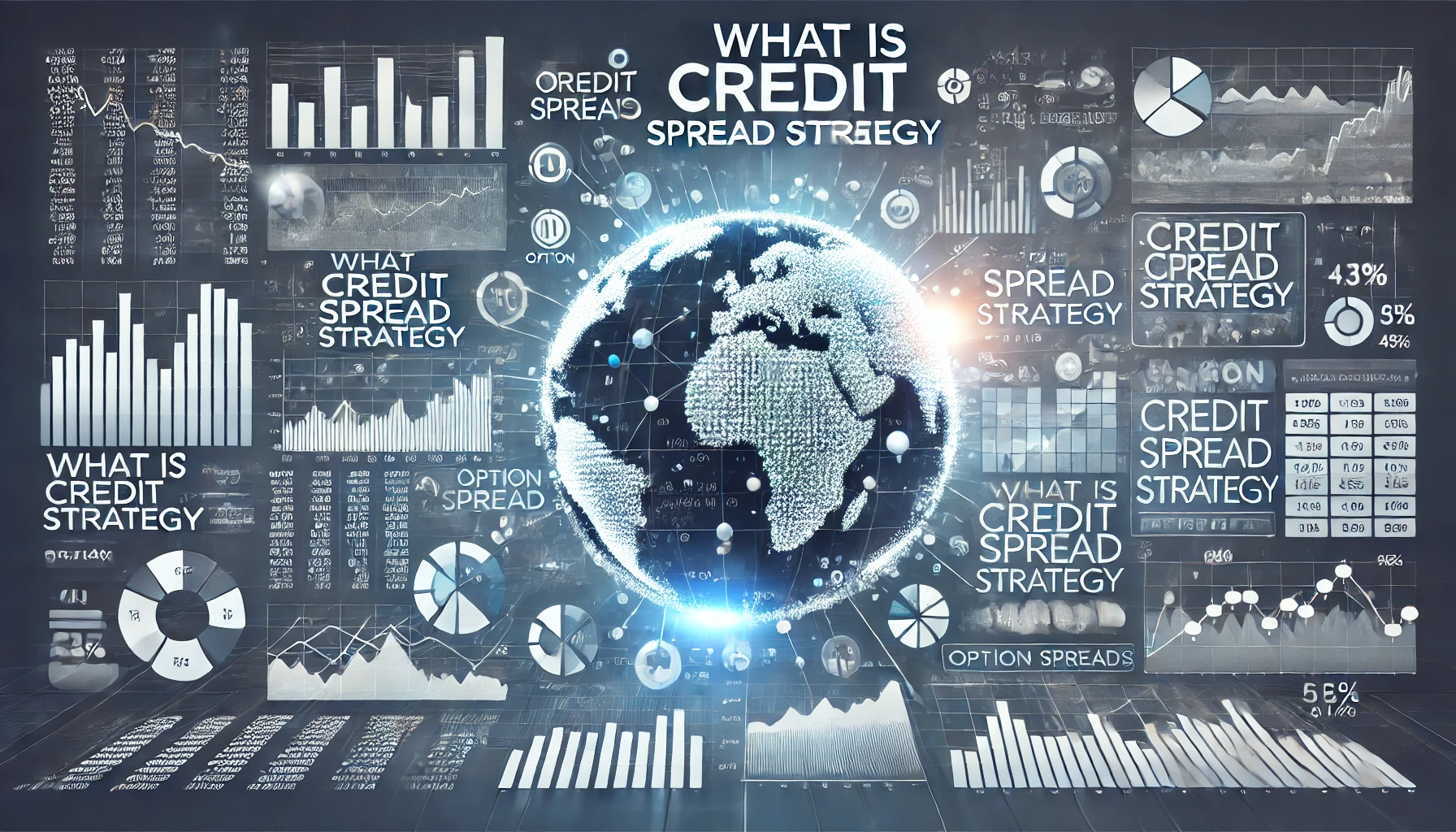
What Is Credit Spread Strategy
In the world of options trading, the credit spread strategy is one of the most …

What Is a Forward Contract
A forward contract is a customized financial agreement between two parties to buy or sell …

Types of Derivatives in India
The Indian derivatives market has grown exponentially, becoming a vital tool for investors and traders …
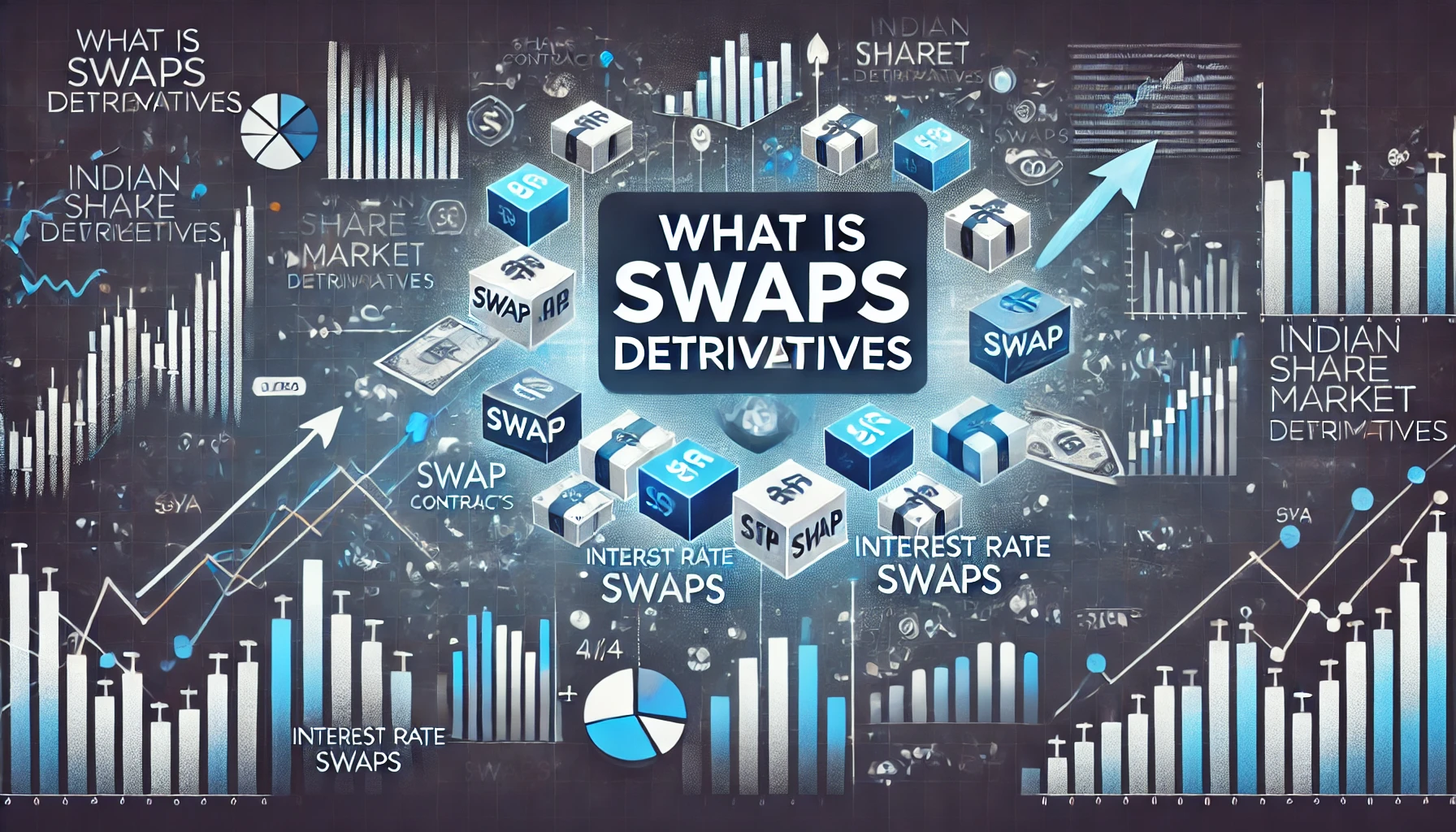
What is Swaps Derivatives
In the world of derivatives, swaps are a special class of contracts that allow two …
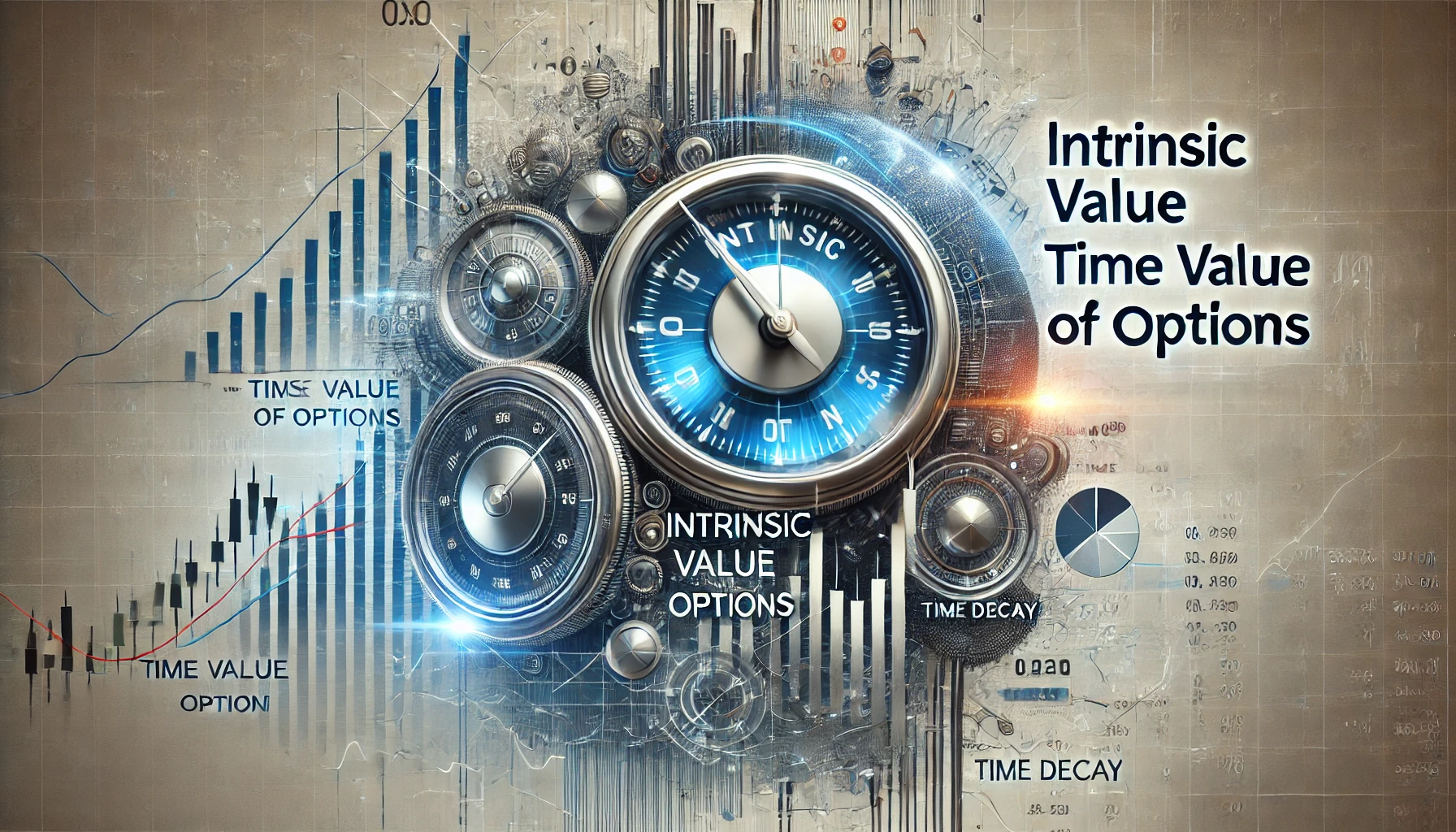
Intrinsic Value and Time Value of Options
Options trading is one of the most widely used financial instruments in the Indian share …

What is Open Interest?
In the world of derivatives, the concept of “Open Interest” plays a crucial role in …
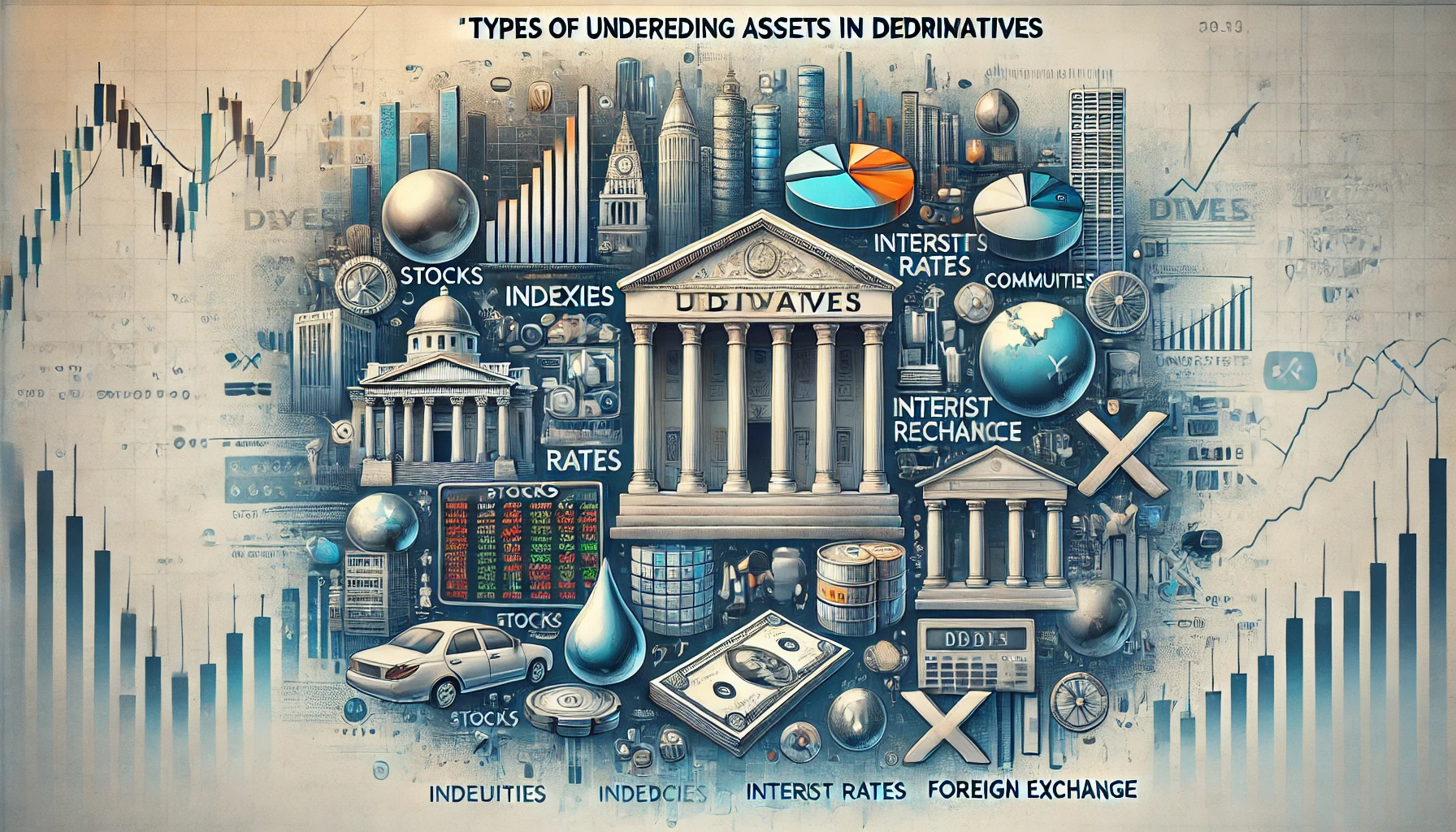
Types of underlying assets in derivatives
The Indian derivatives market has grown exponentially over the last few decades, thanks to its …

derivatives on Option Volatility & Pricing Strategies
The Indian share market derivatives segment is a dynamic environment where advanced traders rely heavily …

What is Futures Contract
The Indian share market offers various financial instruments that provide opportunities for investors and traders. …
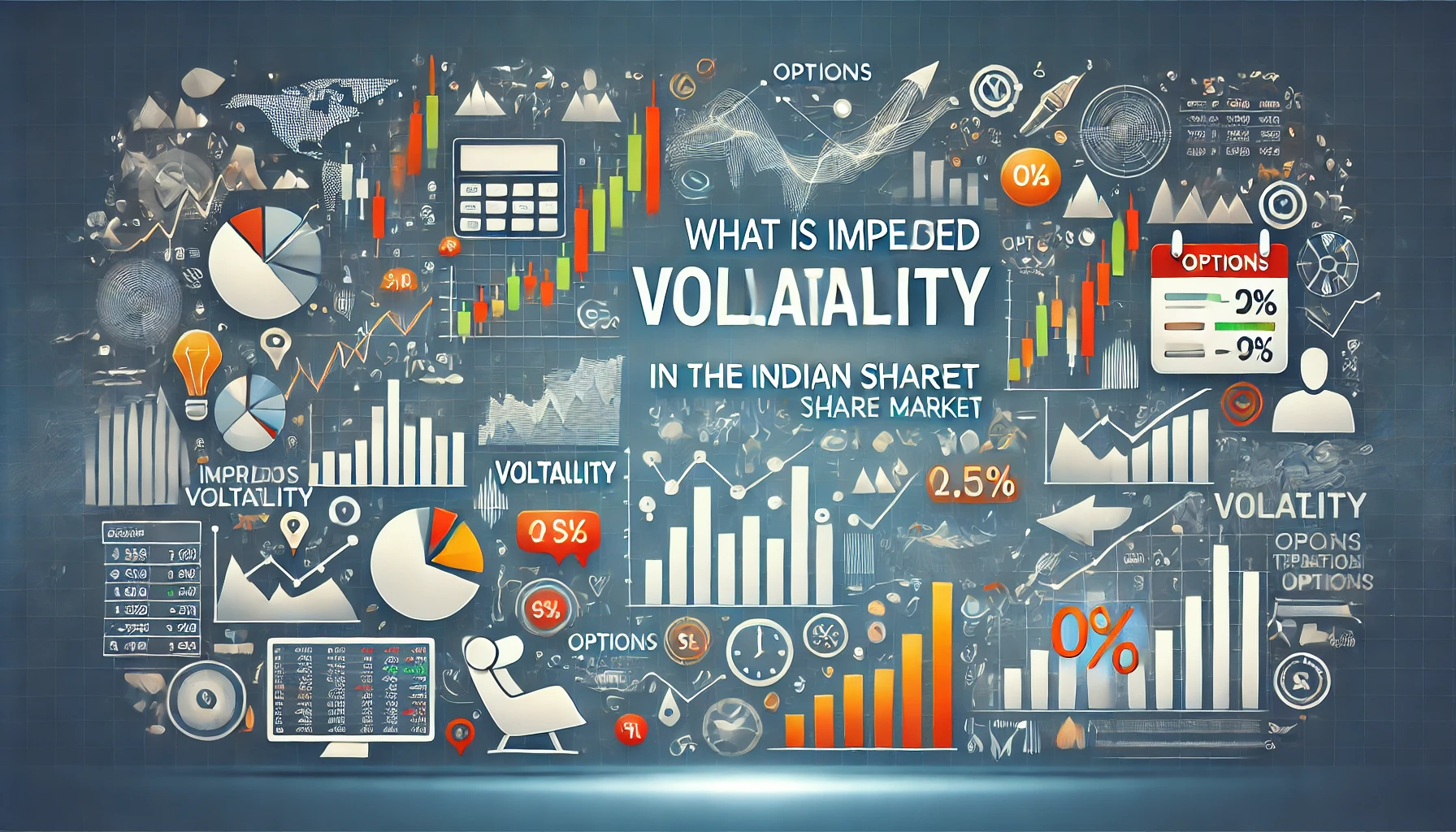
What is implied volatility in options?
In the world of options trading, one of the most crucial elements to understand is …
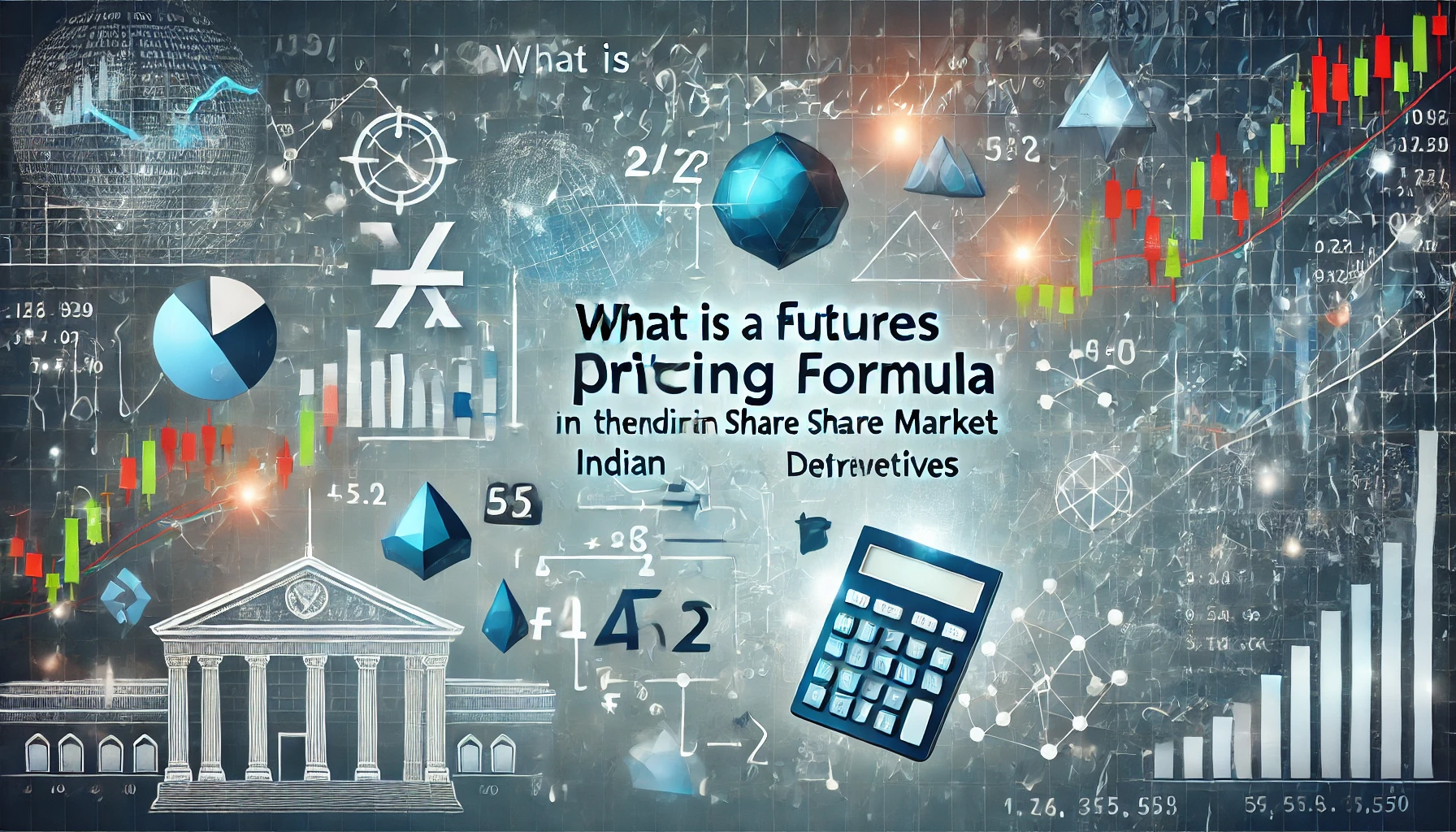
Futures Pricing Formula
The Indian share market is known for its dynamic nature and offers various opportunities for …

What is an ITM Call Option?
The world of options trading is filled with technical terms that are crucial for investors …

What is Max Pain Theory?
The Indian share market is full of strategies and theories that traders use to predict …

What is OTM Call Options
In options trading, terms like “in the money” (ITM), “at the money” (ATM), and “out …

What Is Rollover
Rollover is a common term in the world of futures and derivatives trading, especially in …

Futures Prices Converge Upon Spot Prices
In the world of financial markets, futures contracts play a significant role. One of the …
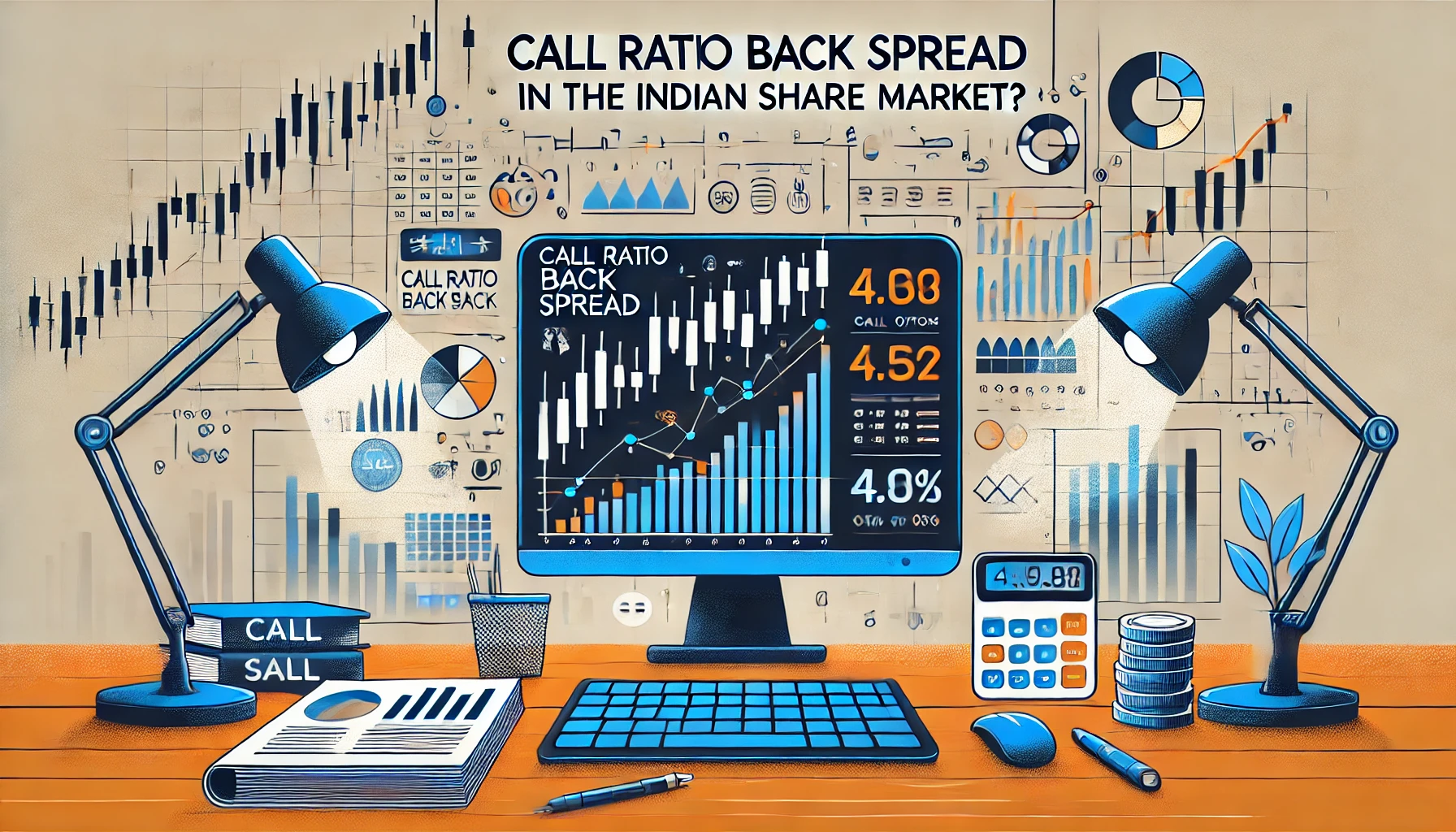
Call Ratio Back Spread
In the Indian share market, advanced trading strategies such as the Call Ratio Back Spread …
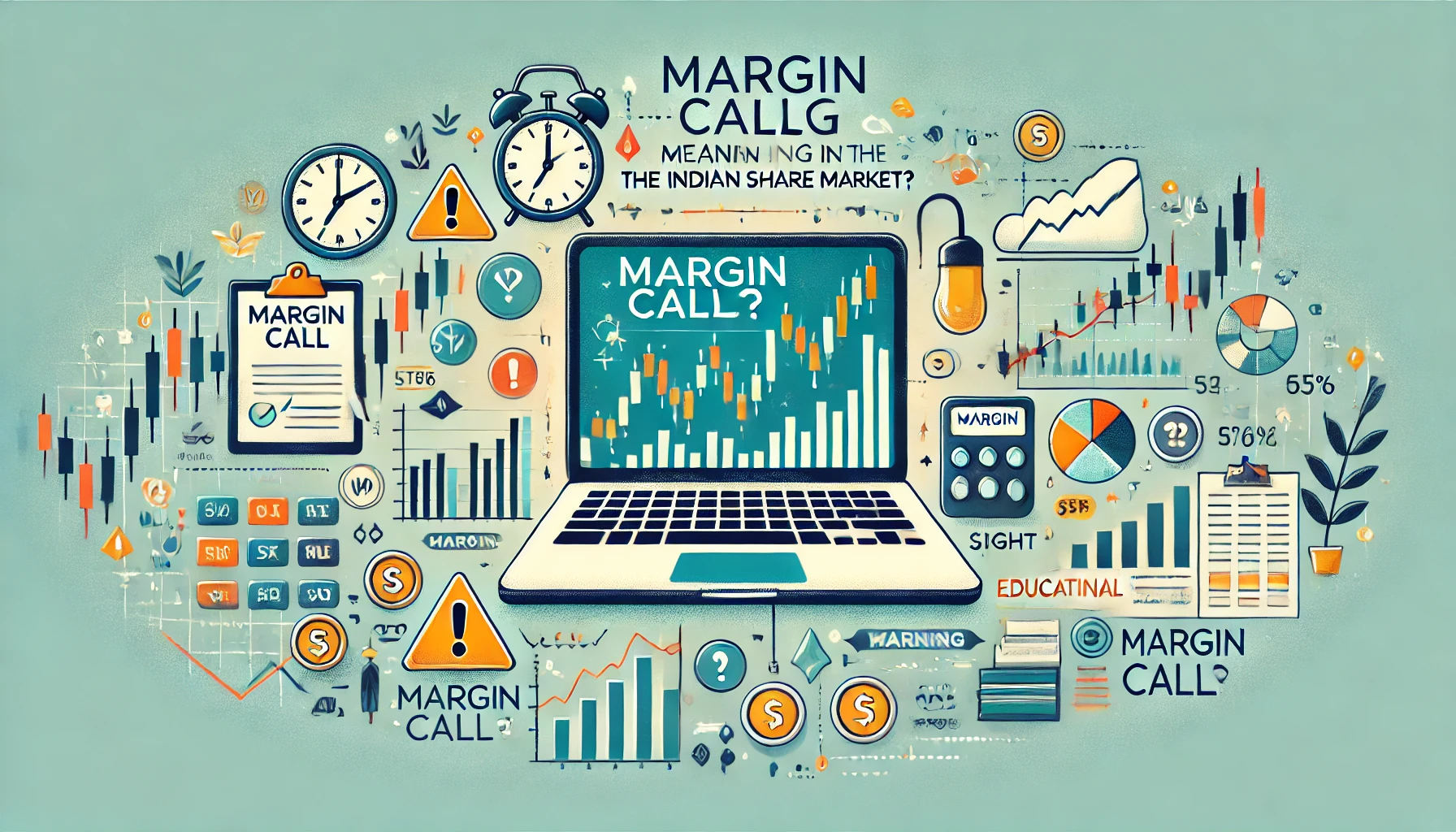
Margin Call Meaning
A margin call is one of the most critical warnings in trading, often marking a …

What is Bermuda Option?
The financial markets are full of complex instruments, and one such tool is the Bermuda …


















